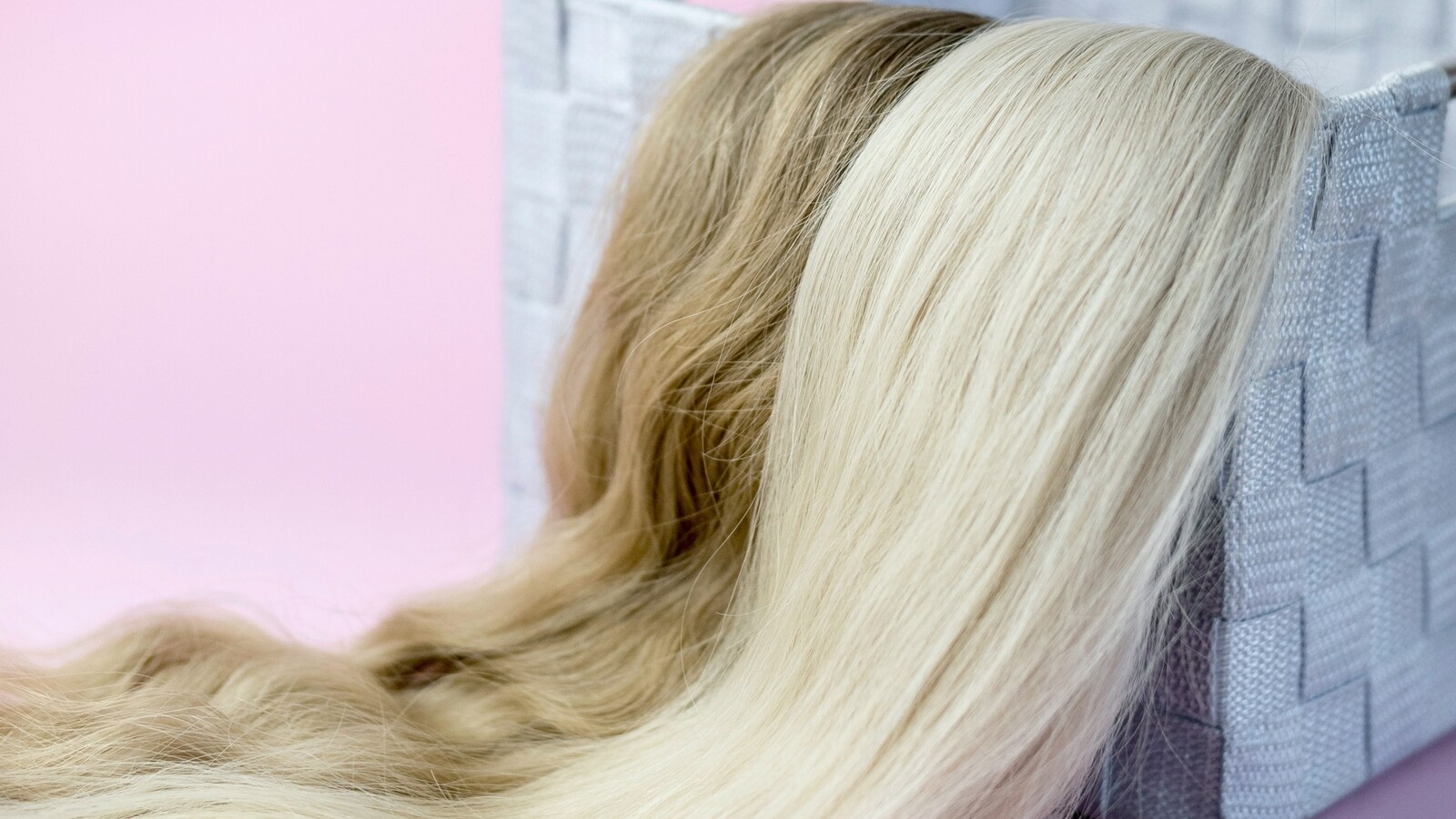Hair transplant generally does not have many side effects and most of them are cosmetic side effects like a thinned donor area or hair falling off post surgery but hair care experts insist that there are factors to keep in mind to minimise side effects post surgery. Hair transplant is an elective surgery however, there is usually no emergency.
In an interview with HT Lifestyle, Dr Aman Dua, MBBS, MD Dermatology, Chief Dermatologist and Hair Transplant Surgeon at AK CLINICS, suggested, “If you’re considering getting a hair transplant, don’t do it in a rush like one month prior to your wedding. It has to be done well in advance for the surgery to yield good results – 6 to 8 months to be exact. There are certain patient factors which have to be taken into consideration like history of diabetes, hypertension, blood pressure issues, any medical condition for which the patient may be taking medication. In these cases, a medical certificate is required from your doctor because sometimes the drugs used during hair transplant may have an interaction with the medication you’re taking and hamper your results or health.”
He added, “History of addiction – nicotine, opium, weed etc needs to be disclosed during consultations because these patients may have increased blood flow as a side effect. Your doctor will need to be more conscious during the surgery to avoid the condition from getting worse. Your lifestyle and profession also affects how much swelling you develop postoperative. It’s important to take some downtime after hair transplant because we recommend not have your head bent down for a prolonged period of time. Most importantly, it’s very important for you to choose the right certified surgeon for your surgery. Stir clear from technician based clinics. Do several thorough consultations with your hair restoration surgeon and once you both arrive at a common ground! A quality surgery ensures minimized side effects and great results!”
Dr Aayush Gupta, Associate Professor, Department of Dermatology at Dr DY Patil Hospital and Research Centre in Pune’s Pimpri elaborated upon hair transplant side effects and said, “Preoperative proper antibiotic usage is needed to prevent infections. Postoperative syncope can occur due to pain, anaesthesia or poor hydration so immediate posture change should be avoided and proper hydration should be maintained. Pain can be managed with intake of analgesics and ice pack application after the procedure. Postoperative edema over the surgical site can occur which can be relieved by sleeping with head end elevated. Postoperative itching can occur because of drying and crusting but scratching the area has to be avoided as it can affect the graft outcome, instead saline sprays for 3-4 days multiple times a day and head wash with running water helps in reducing the symptom. Antihistamines can also be used to relieve itching. Infections can occur because of poor hygiene, excessive crusting so proper wound care has to be taken. Preoperative shampooing of the hair with medicated soap the night prior to the surgery and on the day of surgery can prevent this side effect. Avoid combing of hair over the crusted areas.”
During the procedure, he advised, “Proper standards of cleanliness should be maintained and procedure has to be done under antibiotic coverage. Before giving local anaesthesia, sensitivity test has to be performed. To prevent syncope, a known complication which can occur because of the pain, postural hypotension, poor hydration, hypoglycaemia and xylocaine toxicity, procedure has to be performed as quick as possible, hydration has to be maintained, patient has to be instructed for taking proper meal prior to the procedure, sudden change in position of patient has to be avoided, analgesia has to be provided during and after the procedure and allay the anxiety of patient. Pain can also be reduced by keeping the wound tension minimum, giving anaesthesia along with usage of ice packs and vibrators. Micro vascular forceps should be used for grasping of perifollicular area to prevent trauma to the hair follicles. Be slow and meticulous in harvesting the donor area and prevent over harvesting from one particular region. Scarring around the grafts can be minimised by keeping the grafts constantly moist. Unnatural large plugs can be treated by adding follicular grafts between large plugs, removal of large grafts surgically and laser assisted hair removal from larger grafts. Postoperative frontal edema can be treated with oral corticosteroids. Maintenance of the graft hair and the non-graft hair should be done with application of topical minoxidil and additional platelet rich plasma sessions can be helpful.”


